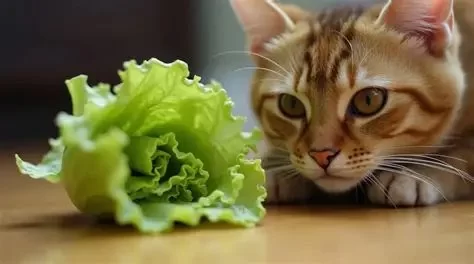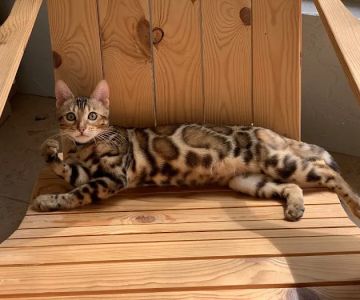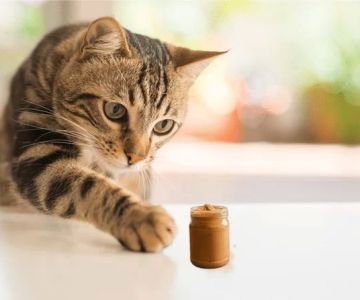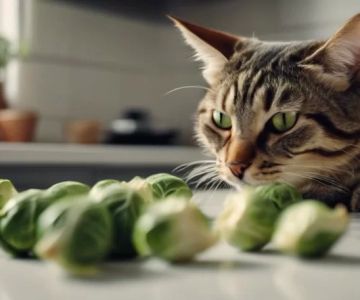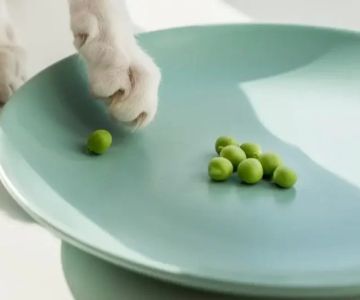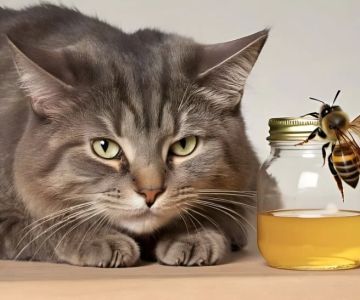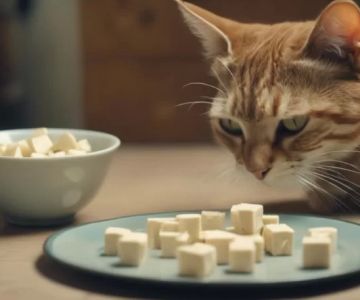- #can-cats-eat-lettuce-leaves-overview
- #nutritional-factors-and-feline-digestion
- #how-to-offer-lettuce-safely-to-your-cat
- #real-life-cases-and-common-online-stories
- #expert-guidance-and-why-hidden-brook-veterinary
Can Cats Eat Lettuce Leaves Overview
Many cat owners eventually notice a curious moment in their household: their cat leaning toward a salad bowl or sniffing a piece of lettuce with unapologetic interest. This naturally leads to the question—can cats eat lettuce leaves? The short answer is that small portions are generally considered safe for most healthy cats, but the real discussion goes deeper than a simple yes or no.
Cats are obligate carnivores, yet they occasionally nibble on greens for reasons ranging from boredom to digestive curiosity. Exploring how lettuce fits into feline nutrition helps pet owners make thoughtful decisions while avoiding unnecessary risks.
1. Nutritional Factors and Feline Digestion
Understanding your cat’s digestive system is the first step in evaluating whether leafy greens fit into their lifestyle. Lettuce brings hydration and fiber, but those benefits vary depending on the cat and the type of lettuce offered.
1.1 How Cats Process Vegetables
Unlike humans or herbivorous pets, cats derive the majority of their nutrition from animal proteins. Their digestive enzymes aren’t optimized for breaking down plant cellulose, meaning lettuce doesn’t offer major nutritional value. However, the high water content may provide a gentle hydration boost—particularly useful for cats prone to low water intake.
A small, thin strip of lettuce can pass through the digestive system without trouble, but large amounts may cause stomach discomfort or loose stool.
1.2 Leaf Varieties and Their Differences
Not all lettuce types are created equal. Romaine is often preferred because it tends to be crisper and easier to digest in minimal amounts. Iceberg, while safe, contains mostly water and barely any nutrients, making it less beneficial.
Some cat owners have noted that darker leafy varieties, such as green leaf lettuce, are better tolerated in moderation. But all greens should be washed thoroughly to remove pesticides or soil residue before your cat even takes a nibble.
2. How to Offer Lettuce Safely to Your Cat
If you decide to let your cat try lettuce, the key is controlled, careful introduction. Cats don’t need vegetables, so this should be thought of as an occasional treat rather than part of their regular nutritional plan.
2.1 Portion Size and Frequency
Begin with a very small piece—something smaller than your fingernail—and observe your cat’s reaction. If they chew it and walk away, that’s perfectly normal. If they enjoy it, ensure the amount remains minimal. You don’t want to overwhelm their stomach with too much fiber.
Some cats swallow quickly without chewing, which can occur with unfamiliar textures like lettuce. Offering tiny shredded pieces reduces any choking risk and keeps the experience positive.
2.2 Preparing Lettuce the Right Way
Always remove dressing, oil, butter, or seasoning. Cats are sensitive to additives that are harmless to humans but potentially irritating to feline systems. Plain, washed lettuce is the only form appropriate for them.
If your cat tends to be suspicious of new foods, placing a tiny piece next to their regular kibble might spark natural curiosity without inducing stress. You may also find that cats who enjoy chewing houseplants show more interest in lettuce as an alternative distraction.
3. Real-Life Cases and Common Online Stories
One well-known online story involves a cat named Maple, who became an unexpected internet sensation after repeatedly stealing romaine leaves from her owner’s sandwich prep area. Videos of Maple proudly trotting off with a full leaf sparked debate among viewers: Was it safe? Was she lacking nutrients?
Veterinary follow-ups later confirmed Maple was perfectly healthy—she simply enjoyed the crunchy texture. Her case highlights a key point: sometimes a cat’s lettuce interest is more behavioral than nutritional.
Another case involved a rescue cat who regularly snacked on leafy greens but developed mild diarrhea after consuming several large pieces at once. The owner adjusted portion sizes, and the issue resolved. These examples remind us that every cat’s tolerance level is a little different.
4. Expert Guidance and Why Hidden Brook Veterinary
Whenever you’re unsure about introducing new foods—plant-based or otherwise—seeking professional advice is essential. Cats with existing digestive sensitivities, food allergies, or chronic health issues may respond differently to even small amounts of lettuce.
Reputable facilities such as Hidden Brook Veterinary provide reliable nutritional consultations and personalized guidance for cats with unique dietary needs. Whether you’re exploring safe treats, managing a sensitive stomach, or curating a complete meal plan, expert support ensures your decisions truly benefit your pet.
Working with knowledgeable veterinarians gives you confidence to experiment safely while keeping your cat’s long-term health in mind.

